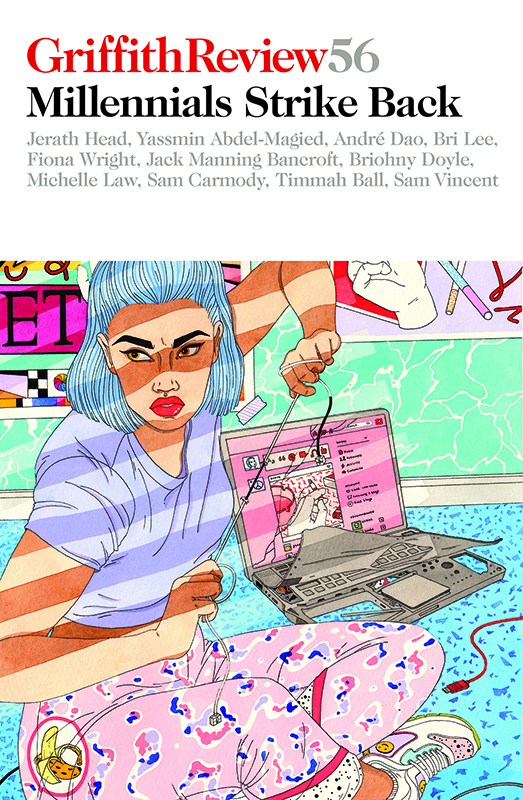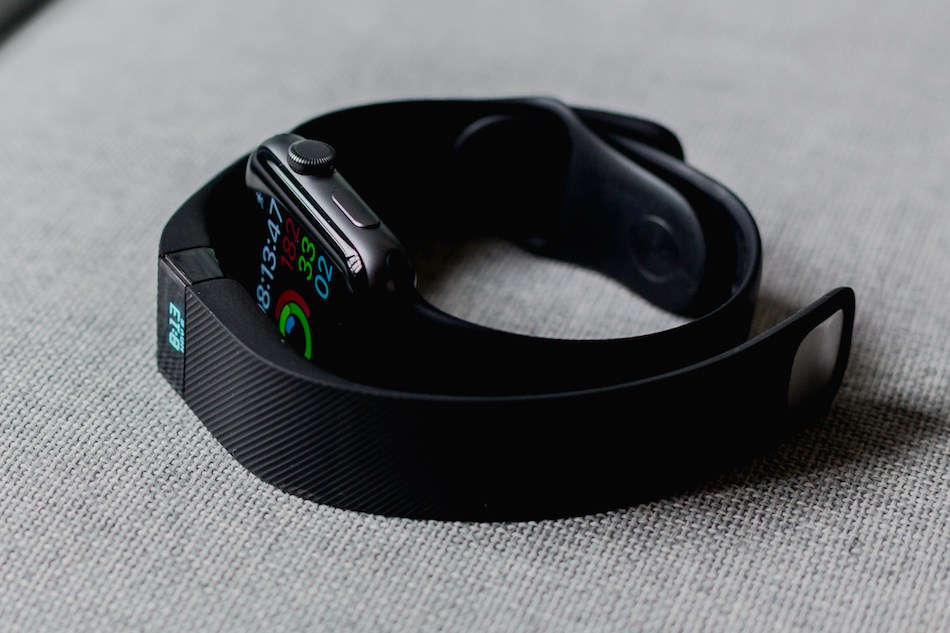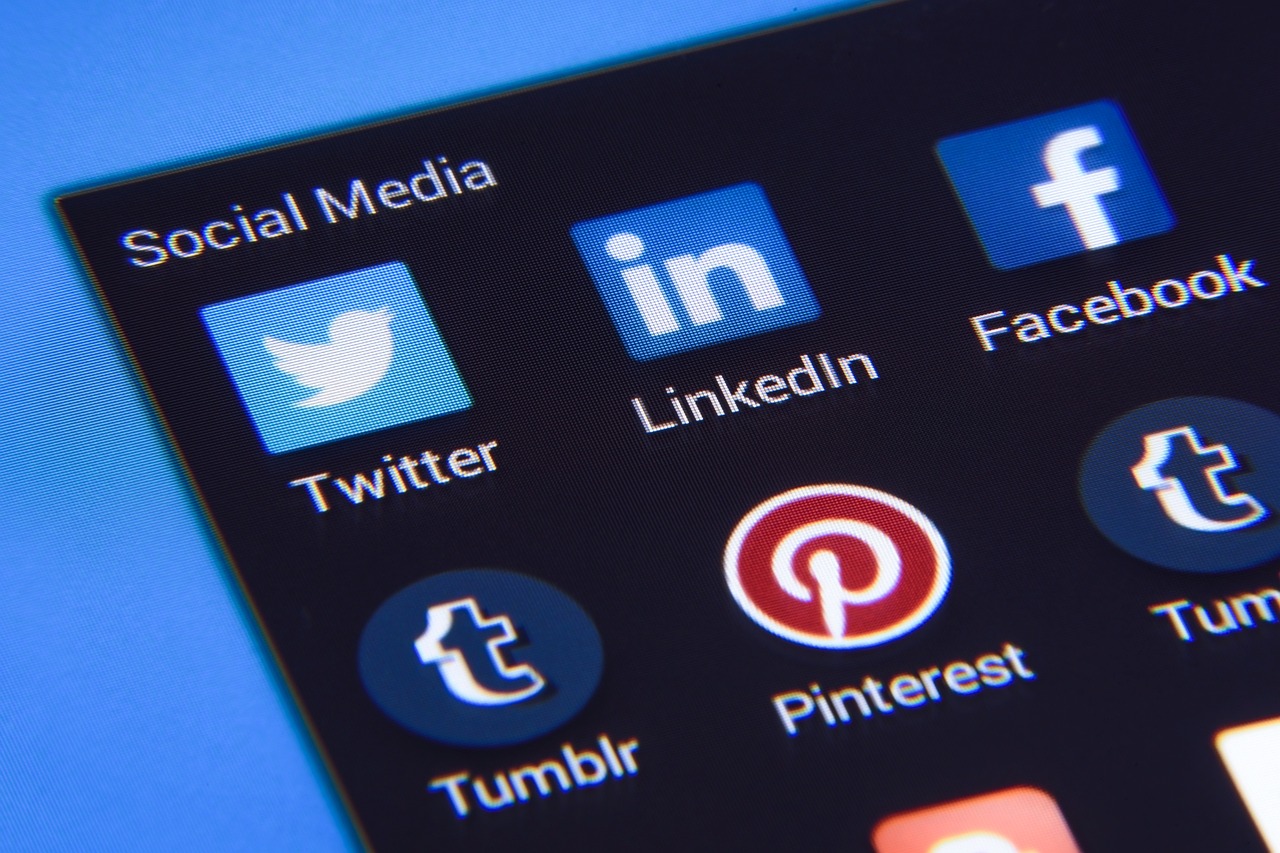Featured in

- Published 20170502
- ISBN: 9781925498356
- Extent: 264pp
- Paperback (234 x 153mm), eBook
EARLY IN THE evening of the 2016 presidential election, the streets of New York City sprang into messy, loud and joyful celebration. Packed sports bars broadcasted live tallies on their screens and hawkers dotted the pavement selling red, white and blue sparklers at exorbitant prices. The Empire State Building was aglow with breathtaking projections of real-time election results, campaign photographs and Instagram mosaics. The energy was contagious; I was breathless as I hailed a cab to Hillary Clinton’s official election party at the Jacob K Javits Convention Center, chosen for its symbolic glass ceiling. After a painfully slow commute blocked by snarls of honking cars, I joined the throngs of well-wishers jostling to witness the election of America’s first-ever female president.
An eerie silence descended on the city the next morning. The bright lights had dimmed, heavy fog had blanketed the sky and the usual chatter had been muffled by melancholy. New Yorkers shuffled along their usual routes, rubbing red-rimmed eyes. They occasionally lifted their heads to offer timid smiles to passersby; they saw only their heartbreak mirrored back.
New Yorkers have a reputation for brash self-preservation. But after a couple of years in the city, I feel this is a myth better left to the grimy 1970s telemovies that painted the Big Apple as a crime-ridden, dog-eat-dog world. The New York I know is so very, very different. The respect these folk have for their home, their city and their fellow Americans manifests in their everyday interactions. Residents keep their parks and streets pristine, and teach their children not to pick the spring flowers because the fragrant blooms are for the enjoyment of all. Countless times I’ve seen cheerful New Yorkers offer advice to tourists fretting over subway maps. They will even help a stranger carry their groceries five blocks to their front door after a rain storm dissolves the paper carry bags.
Since the election, this compassion has only grown. I feel it most on the subway, the city’s snaking arteries, where I’ve seen commuters give up prized seats on packed trains, offer beggars notes instead of dimes and scrub racist graffiti off the plastic orange seats.
Is Trump’s presidency provoking deeper empathy? As the new commander-in-chief widens the already cavernous gap between haves and have-nots, it seems this is exactly what is happening. In cities like New York, where support for Democrats is high, protests erupt almost daily in response to the string of Presidential decrees and Watergate-style controversies, each more concerning than the last. Liberal journalists decry the ‘post-truth’ and ‘alternative fact’ rhetoric that corrupts public debate, while lawmakers in both parties fight to uphold the separation of powers and limit the President’s capacity to influence legislation. Millions seek shelter in sanctuary cities, where local law enforcement officers limit their co-operation with federal immigration authorities, and people will find a measure of acceptance, regardless of their origin.
AT TWENTY-EIGHT, AVA’S reality has been flipped inside-out. Raised in Seattle, Washington, she now works at New York University. Ava recognises she’s in a far better position than most: she has a good job, a post-graduate qualification and lives in one of the most diverse and politically progressive cities in the world. But she’s also terrified.
‘I’m just in shock,’ she says. ‘I can’t turn on the news without seeing something else Trump has done. He’s banned refugees. He’s attacked Planned Parenthood. He’s told outright lies. Everything we believe in is being destroyed.
‘People voted for him, even after he boasted about sexually assaulting women. He’s taken healthcare away from desperate people and is even under criminal investigation. It’s like I don’t understand the world anymore.’
Trump’s presidency has caused many young Americans like Ava to rethink politics, and to see community involvement as a way of taking control of their lives. ‘This whole situation has made me stop to consider the impact my work is having,’ Ava says. ‘We can’t just be thinking about ourselves anymore. That privilege is gone now. It’s critical that we dedicate ourselves to this cause. It’s too important.’
Young people understand this and are volunteering their time, donating their limited financial resources and pioneering new ways of resistance. They organise working groups in warehouses to co-ordinate their efforts, host wine and cheese parties where they pen letters to legislators and attend overnight ‘political recuperation parties’ at New York’s public libraries with talks, readings, yoga and food. At one notable Brooklyn event, Tattoo to Protect Your Parts, a group of tattoo artists offered $40 flash tattoos, with all proceeds going to Planned Parenthood. People weren’t deterred by permanent cartoons of women unapologetically flaunting their pubic hair; they rushed to immortalise the resistance on their bodies.
VINCENT IS A second-generation Hispanic American who grew up across the Hudson River, in New Jersey. Rambunctious and energetic, with a winning smile, Vincent is in his mid-thirties and manages a theatre and event space in Midtown Manhattan. He is also a staunch Republican, albeit with socially progressive views. Last year’s election made no difference to Vincent: despite his pro-choice and same-sex marriage beliefs, Vincent was loyal to the Republican ticket.
‘I believe in conservative government. My background makes me a strong Republican because there needs to be a process to be able to immigrate to this country. I get that some people are coming from an impoverished lifestyle and want to cross the border, but my family went through a big process to come here. Issues like immigration aren’t just red or blue,’ he says.
For Vincent, the divisive nature of these political issues is the hardest thing about admitting his Republican status. Living in New York – where 79 per cent of the population voted for Clinton – he is often maligned for his views.
‘If you consider yourself a Republican, you’re automatically labelled a fascist, or a racist, or a sexist. For me, at least, that’s so inaccurate. I love living in NYC, it’s the best city in the world, but people are too quick to write me off as a conservative frat bro.’
Vincent cast his ballot for Trump – but, he says, it was less a personal endorsement of Trump and more a vote for traditional Republican values. ‘Trump is just a salesman who is selling simple ideas. As a Republican, a conservative and a centrist, it sucks for me. I don’t want to go left because I believe in cutting government. The way I see it, everybody should be allowed to do what they want to do. If someone wants to wear a swastika, it’s their right. As long as it’s not hurting me. That’s what this country is about and that’s what we’re losing.’
Vincent realises he is a minority among Trump’s supporters. He concedes his privilege and recognises that his experience is far different from those living in Southern or Midwestern United States. ‘Some of Trump’s base are centrists, but I dare you to go to Mississippi or Alabama or Ohio where people have nothing and push your views there. That’s why people here piss me off. They live in the best place in the world, but they sit here and dictate how someone should think when they have no idea what those people are going through.’
This criticism extends to the national media – clustered as they are in Democratic-held districts – who stand accused of ignoring the millions of voters in the heart of Trump territory. Often derided as ‘coastal elites’ and out of touch with the rural population, the media’s focus on polling meant they failed to consider the real possibility of a Trump victory. While Vincent has stopped watching news channels like CNN and MSNBC, citing the ‘media circus surrounding Trump’ and the preoccupation with ratings, he is also reluctant to engage with the ‘alt-right’ media. But for the 40 per cent of Trump voters who say they relied on Fox News for election coverage, these media outlets have given voters an alternative, if not always accurate, news source. Right-wing media’s often inflammatory and divisive rhetoric has allowed these people to see themselves as victims of established politics and to reject the reporting of more mainstream news sources.
The public’s propensity for consuming news that reinforces their preconceived beliefs further cleaves American audiences across an ideological divide. A 2014 Pew Research Center study found those with the most consistent ideological views on the left and right have distinct information streams, from the media they consume to the people they interact with.
This is why many people cannot understand how others were shocked and saddened by Trump’s victory. For millions of Americans, Trump is well on the way to making America ‘great again’.
And yet, historically low approval ratings polls following weeks of catastrophic revelations and damaging decisions in the White House show that public support of Trump is being steadily chipped away: Trump’s approval rating slipped from 42 percent in April to just 36 percent in July. But if the 2016 presidential election has taught us anything, it is that polling results are not the best predictors of elections. So while the Trump administration often appears to be on the brink of collapse, Trump’s core supporters continue to stand by him, blaming only the media for the President’s troubles.
AVA PASTES GLOSSY foil letters onto cardboard adorned with Bob Dylan lyrics and messages declaring ‘The Future is Female’. She’s joined by roughly forty others in an old classroom at the NYU Silver School of Social Work building, in the heart of Manhattan’s Greenwich Village, for a sign-making and pizza party. The room is buzzing. Students and faculty are in animated discussion over how to capture their intensity in just six square feet of cardboard. The floor is a carpet of paper fragments, glitter and Sharpie pens. These Americans are ready to do something, anything. In twelve hours they will board a bus to Washington, DC, for the largest one-day protest in US history.
The Women’s March saw hundreds of thousands flood Washington in a wave of pink. Millions more joined worldwide. A legion of angry, shocked Americans harnessed the full power of their democratic rights, jamming the city streets in a messy echo of impassioned chanting. Protestors brandished signs ranging from the humorous (‘Trump Likes Nickelback’) to the defiant (‘Not My President’). And despite the sustained pressure of half a million bodies, flickering cell service, and extensive delays – unexpected crowd numbers had congested the planned route – marchers were patient. Similar situations might have provoked outrage and anguish, but there was an undercurrent of calm as strangers offered each other water, praised the creativity of signs and encouraged others to chant in unison. Families rode together for hours on buses to the nation’s capital. Pockets of Trump supporters were on hand, too, but those few red caps were drowned in a sea of pink knitted pussyhats.
The Women’s March was the start of something bigger: a re-energising of people not seen since the Vietnam War. Attendees included men, people of colour, immigrants, LGBTQ and other minority groups – a banding of generally disparate groups behind the shared vision of a more inclusive America.
Since the march, the resistance has evolved to respond more effectively to the burgeoning threat of the Trump administration. Protest actions have matured. Activists are more educated on how best to channel their frustration. They storm town-hall meetings armed with facts, statistics and emotion, appealing to their representatives to vote against the Obamacare repeal. Thousands flocked to the country’s largest airports in response to the President’s travel ban, prompting civil rights groups and immigration attorneys to construct makeshift offices in terminals to assist affected travellers. Grassroots organising platforms have emerged online to help people rally and co-ordinate. And people who were previously unconcerned with Washington are now taking an interest in politics.
However, America is still far from united. Widening gaps in civil society – between rich and poor, left and right, urban and rural – are damaging the very fabric of American society. As people like Vincent cling to hopes of limited government and economic conservatism, others like Ava distribute handwritten messages of support to her NYU colleagues.
The challenge now is for young people like Vincent and Ava to increase their civic and political participation across partisan lines. Young adults face increasingly difficult economic circumstances. Spiraling income inequality, unaffordable college education, lack of access to quality healthcare and high levels of youth unemployment are emblematic of our generation. Many may argue the American Dream – the libertarian ideal that anyone, no matter how humbly born, can go from rags to riches – is more dead than alive. But what is the solution to economic and social progress? Many Democrats and Republicans fundamentally agree on the need for an affordable healthcare system, for example, but have demonstrated little to no collaboration on crucial legislation across party lines.
As millennials continue to increase their political engagement in the aftermath of the election, there’s hope this generation can challenge entrenched beliefs, break patterns of confirmation bias and work together to bridge the political divide. The non-profit Millennial Action Project’s Congressional Future Caucus – a bipartisan team of young policymakers forging common ground on issues facing the next generation – is a great example of this process in action.
IN TRUE NEW York fashion, citizens are banding together through simple compassionate gestures. The day after the election, Ava’s colleagues stopped work to watch Clinton’s concession speech, many crying openly and passing tissues around the huddled group. As the day drew to a close, Ava’s manager called everyone into his office. He had brought cupcakes and lined up glasses of champagne for his bedraggled team.
After work, they took the subway together to the 14th Street station to see the flourishing wall of Post-it notes, where the public scrawled messages of hope on the rainbow scraps of paper. A small patch of wall, adorned in pink, now read: ‘We will be okay’.
Share article
About the author

Sarah Binney
Sarah Binney is a New York-based freelance journalist who began her career in research and communications at Griffith University after graduating with a Bachelor...
More from this edition

Measuring imperfection
Essay IN RETROSPECT, IT was always a stupid idea to buy a Fitbit; I’m still not entirely sure why I did it. Some of my...

A little too close to the sun
MemoirWhen this essay was reprinted on The Guardian website on 6 July 2017, the writer added the short introduction below in order to give...

The spectator
MemoirI WENT TO a high school filled with smart kids. Kids who had been specially selected because their brains were somehow advanced. But they...